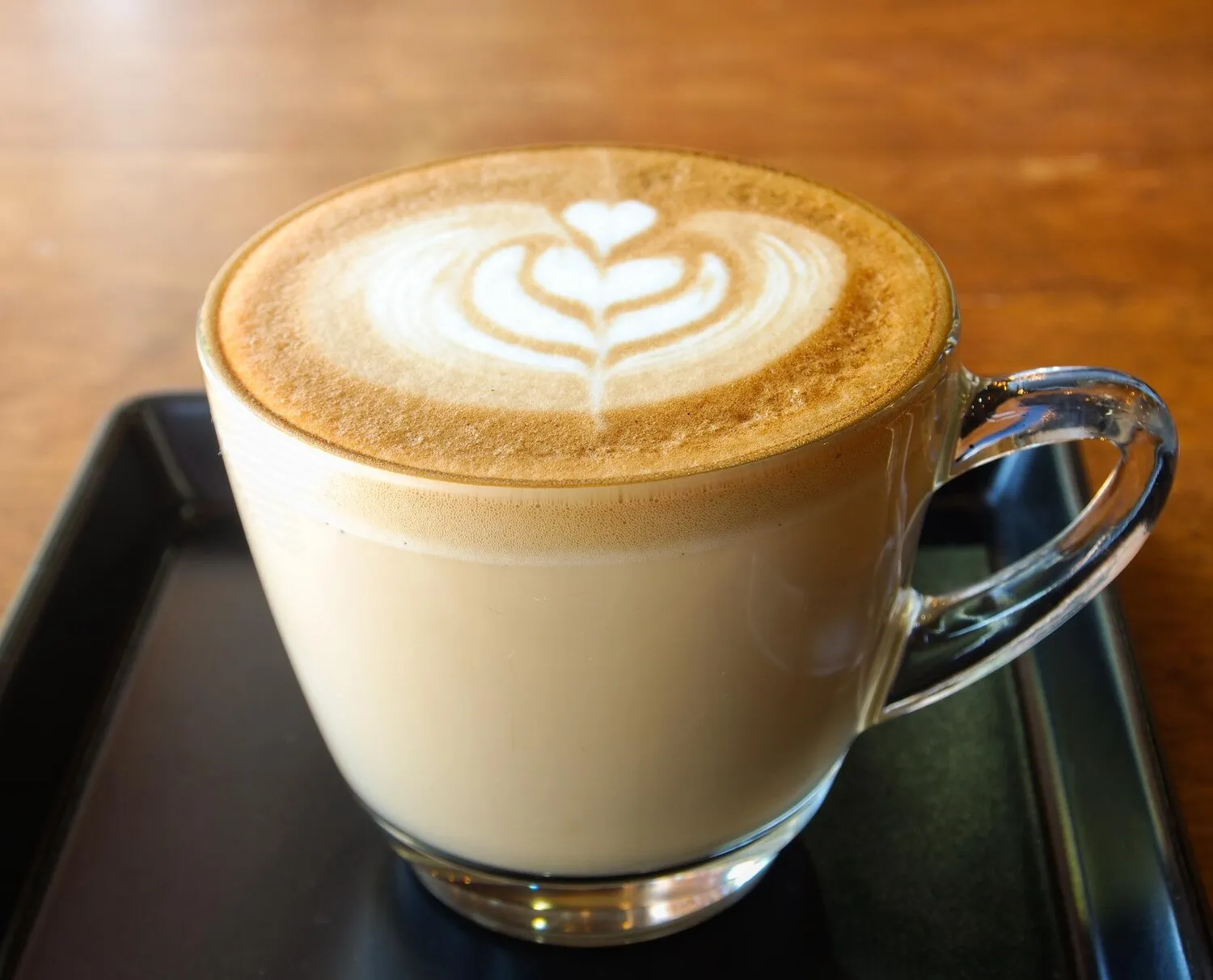
Cappuccino
Espresso coffee with steamed milk foam.
Nutrition Facts
* The % Daily Value (DV) tells you how much a nutrient in a serving of food contributes to a daily diet. 2,000 calories a day is used for general nutrition advice.
The cappuccino's origins lie in the Viennese 'Kapuziner' coffee of the 18th century, a drink involving coffee, cream, and sugar. The modern cappuccino evolved in Italy in the early 1900s, coinciding with the invention of the espresso machine. Early versions used steamed milk poured over espresso, gradually developing into the layered beverage we know today, with a distinct foam top.
The cappuccino is deeply ingrained in Italian coffee culture and has become a globally recognized and enjoyed beverage. It's often associated with leisurely mornings and social gatherings.
Breakfast Drink
In Italy, the cappuccino is primarily consumed during breakfast, often paired with a pastry like a croissant or biscotti. It's generally not ordered after 11 AM.
Social Ritual
Sharing a cappuccino with friends or family is a common social ritual, representing a moment of relaxation and connection.
Coffee Art
Baristas often create intricate latte art on the foam of a cappuccino, transforming it into a visually appealing work of art.
The cappuccino boasts a balanced flavor profile, combining the bold bitterness of espresso with the creamy sweetness of steamed milk and the airy texture of milk foam.
The initial taste is dominated by the intense, roasted coffee flavor of the espresso, providing a robust foundation. Steamed milk adds a smooth, velvety texture and a subtle sweetness that mellows the espresso's intensity. The milk foam contributes a light, airy texture and a slightly sweeter taste than the steamed milk, creating a satisfying finish. High-quality ingredients, especially freshly roasted coffee beans and whole milk, are crucial for optimal flavor.
Milk Frothing Technique
Properly frothing the milk is key to creating a velvety, microfoam texture. Use cold milk and steam it until it doubles in volume, creating a swirling vortex for even texture.
Espresso Extraction
Use freshly roasted coffee beans and a quality espresso machine to extract a rich, flavorful espresso shot as the base of the cappuccino.
Ratio of Ingredients
A traditional cappuccino consists of roughly equal parts espresso, steamed milk, and milk foam (1/3 each). Adjust the ratio to your personal preference, but maintaining the balance is important.
Serving Temperature
Serve the cappuccino immediately after preparation at a warm, not scalding, temperature to preserve the flavor and texture of the milk foam.
Explore additional Coffee dishes and restaurants
Explore CoffeeDiscover top dining spots and culinary experiences in Milano.
Explore MilanoLearn more about the food culture, restaurant scene, and culinary heritage of Italy.
Explore Italy